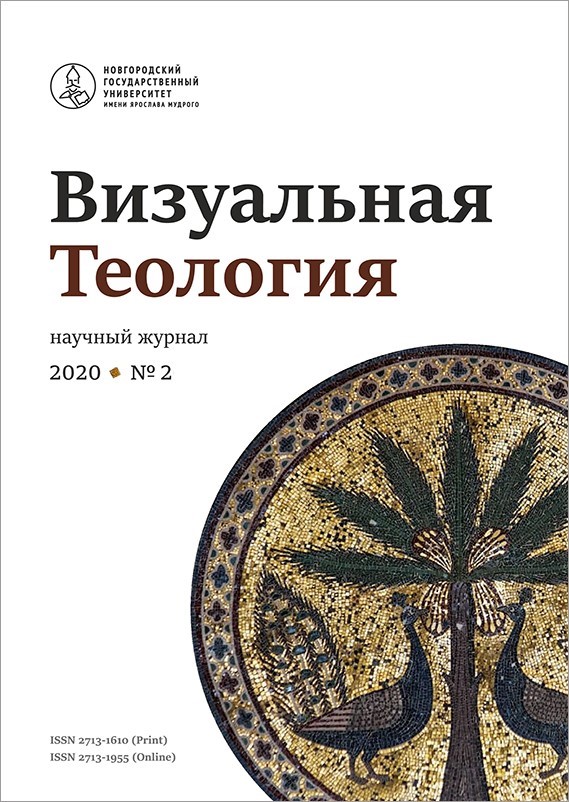Icon as a Visualization of the Invisible and Foundations of Sovereign Power
Abstract
The paper is devoted to the analysis of the connection between the icon’s visualization modality and the foundation of sovereign power in politics. The juxtaposition of these various scopes and contexts provides a better understanding theological prerequisites of icon’s political power as it initially became vivid already during the first iconoclastic crises. The analysis comes from the statement that the icon, unlike secular art, has its invisible prototype, so the icon, visualizing the invisible, at the same time serves as a model of incarnation, i.e. the transition of the invisible into visibility. It is emphasized that this embodiment is also a special form of the relationship between the divine and the human, the ideal and the earthly, which, however, is radically different from the structure of the Platonic metaphysics. The first conceptual representation of the icon as a model of the incarnation of God required a special description of the problem, which was based on the concept of economy (oikonomia). This Greek word meant ordering, organizing, managing the life of a house or household, especially in rural areas, and implied a certain rationalization of activity. However, it is economy, which goals are related to the distribution of material goods and optimization of the relationship between profits and losses, that soon became the designation of the divine plan of incarnation and redemption. In this perspective, the economy of the icon is also seen as a model for justifying secular power as sovereign power. However, if sovereignty requires self-sufficiency, secular power is not inherently sovereign, since it cannot be independent of some primary source of power, which is considered to be unconditionally self-sufficient. The icon, being an example of the incarnation of God and thus the visualization of the invisible, is also considered to be a scheme for establishing a connection between the monarch and the invisible and transcendent God as the primary source of power. Therefore, in this connection, the reference to the transcendent foundation is modeled, and this reference is a justification of political legitimacy. This understanding becomes the starting point for the study of the icons power, taking into account the change in the status of images in society, which was caused by modern secularism. In the new conditions, metaphysics tends to replace economy, and the sovereignty of power is based on some immanent source that is placed in society. After all, power in modern conditions, finding itself trapped in a vicious circle, must somehow stop being immanent and try to rely on itself. A certain way out from self-referentiality is understood as an “inclusive exception” that makes the source of power visible and, moreover, both immanent and transcendent. It is concluded that the unattainable goal of the first iconoclastic movements was to try to separate iconographic images from their transcendent referent and, having previously made the visual image baseless, so to speak, belonging to no one, to establish their power over it. The crisis of the foundations of sovereign power and its analog – the self-referential nature of the visual image – show that this goal, which was once supposed to be achieved by volitional effort, was also possible without it – as a result of changes in the metaphysical foundations of modernity.


